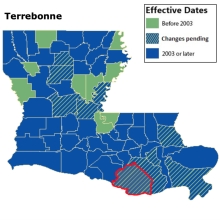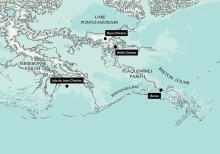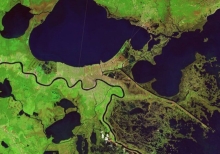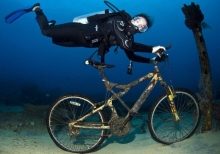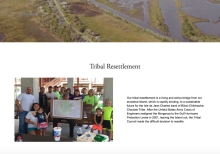Louisiana Conservation Servitudes
A conservation servitude, known as a conservation easement in other states, is a voluntary deeded restriction on your property that prevents it from being developed in certain ways. However, it does not mean that you relinquish ownership of the property. You can still sell, mortgage, and pass the land to your children. Conservation servitudes are flexible in that you can pick restrictions and requirements that fit your conservation vision.

